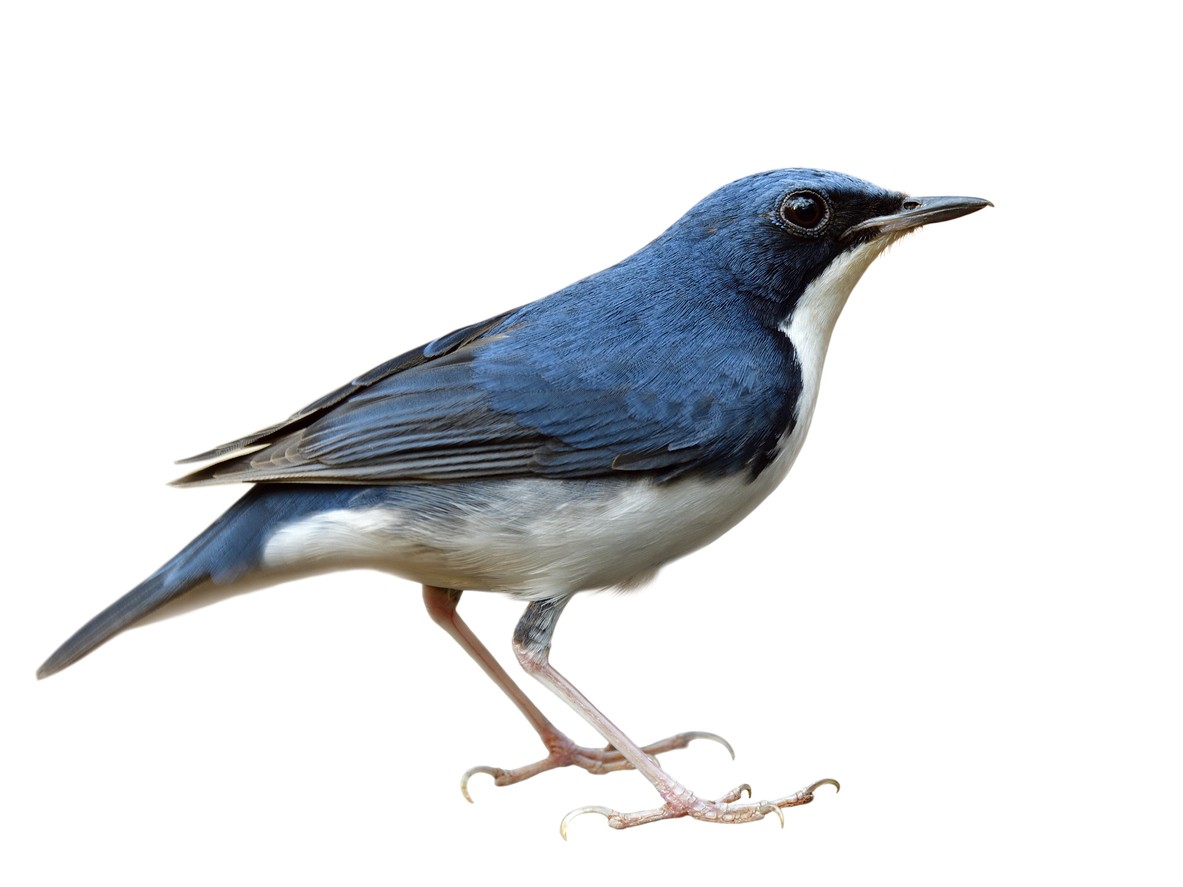Siberian Blue Robin
A species of Nightingales and Allies Scientific name : Larvivora cyane Genus : Nightingales and Allies
Siberian Blue Robin, A species of Nightingales and Allies
Botanical name: Larvivora cyane
Genus: Nightingales and Allies
Content
Description General Info

Description
The Siberian blue robin (Larvivora cyane) is a small passerine bird that was formerly classified as a member of the thrush family, Turdidae, but is now more generally considered to belong to the Old World flycatcher family, Muscicapidae. It and similar small European species are often called chats. Recent research suggests that this species and some other East Asian members of Luscinia should be classified in a new genus, together with the Japanese and Ryūkyū robins. The genus name Larvivora comes from the new Latin larva meaning caterpillar and -vorus meaning eating (vorace to devour), and cyane is Latin for "dark-blue". This bird is a migratory insectivorous species breeding in the eastern Palearctic from Siberia and northern Mongolia, northeastern China, Korea and across to Japan. It winters in southern and south-eastern Asia and Indonesia. The breeding habitat is coniferous forest with dense undergrowth, often beside rivers or at woodland edges. It feeds on the ground but is very 'skulking'. In winter, this bird also tends to stay in dense vegetation. This species is larger than the European robin. The breeding male is unmistakable with blue upperparts and white underparts. The female is much drabber, with brown upperparts and whitish underparts. Her dark eye stands out against the paler brown face. This species is a very rare vagrant to Europe, and has vagrant status even as far east as Pakistan. The Siberian blue robin was previously placed in the genus Luscinia. A large molecular phylogenetic study published in 2010 found that Luscinia was not monophyletic. The genus was therefore split and several species including the Siberian blue robin were moved to the reinstated genus Larvivora. 
Size
14 cm
Nest Placement
Shrub
Feeding Habits
Siberian Blue Robin primarily consumes insects. It forages on the ground, using quick movements to capture prey. Siberian Blue Robin has a particular affinity for shaded forest floors where it employs its hunting techniques, often at dawn and dusk. Its diet is marked by flexibility, adapting to available insect populations.
Habitat
Coniferous forest with dense undergrowth, often beside rivers or at woodland edges
Dite type
Insectivorous
General Info
Feeding Habits
Bird food type


Scientific Classification
Phylum
Chordates Class
Birds Order
Perching birds Family
Old world flycatchers Genus
Nightingales and Allies Species
Siberian Blue Robin